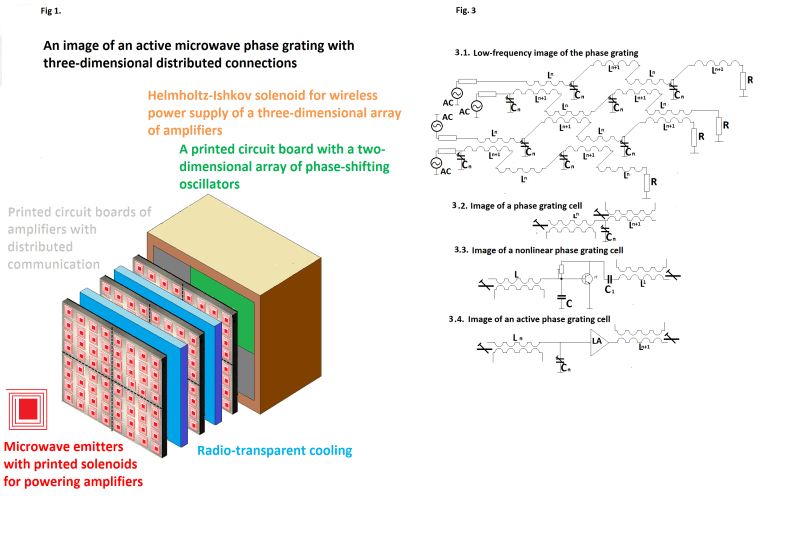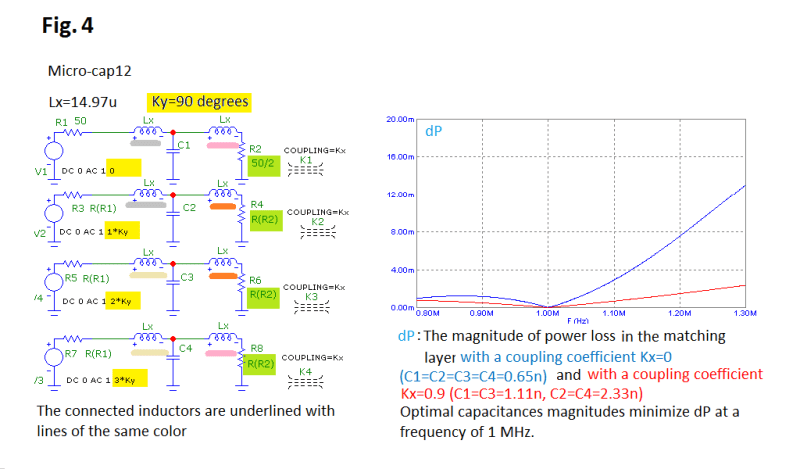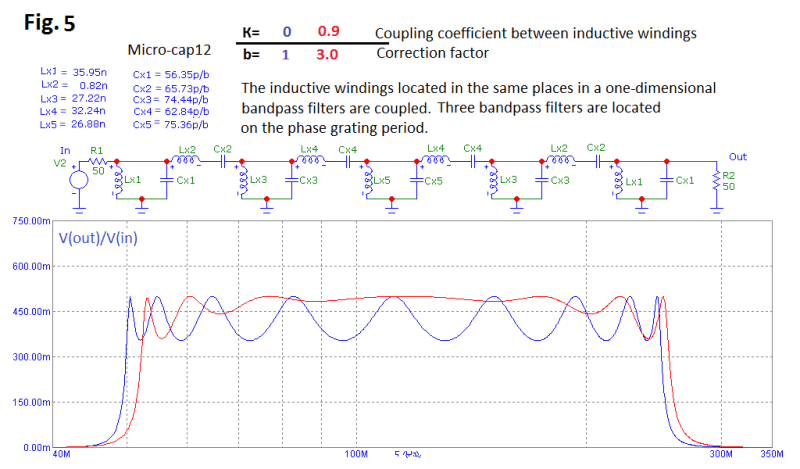Alexander Morozov
Geotechnical
This is a continuation (On Bragg diffraction in antenna technology).
Many years ago I (radio engineer) was thinking about the task from fig.1, but I forced to change my profession and began drilling wells for water. Over 30 years of drilling for water, new technologies have appeared (3d printers, micro and nano lithography for smartphones, ...), and I arranged a discussion in Russian, "On the control of the electromagnetic field in space". Several highly qualified Russian engineers became interested in my thoughts, and I began to build the simplest numerical models for them as the first steps in studying radiating grating of radio components with wireless connections. Communication with them stopped with the outbreak of the war in Ukraine and I (a driller and turner) am curious about the opinion of radio engineers of other languages and Russian-speaking engineers in Lithuania, Latvia, Estonia, ...
Setting a task:
it is known: it is possible to synthesize an any frequency filter as a long line (one-dimensional) of concentrated capacitances and inductances without taking into account heat losses and dimensions.
Let's study a two\three-dimensional "filter"
- frequencies,
- radiation directions,
- the shape of the radiation pattern.
I assume that such "filtering" is possible with the correct composition of the electrodynamic medium controlling the electromagnetic field in free space, and such a phase grating may look like in fig.


 1.
1.
I took the first steps to solve it using micro-cap 12 and studied the impact of distributed coupled some radio engineering tasks. An essence: I built a one-dimensional periodic gratings of known simple radio circuits and introduced inductive coupling between them
The simplest model with grating properties from fig. 1 is shown in fig. 3.
1. Fig. 4 shows the simplest scheme for matching a grid of phase shifters (yellow labels) by a grid of low-pass filters (a "thin" filter) with emitters whose resistance (green labels) depends on the phase Ky angle. Distributed inductive coupling provides more broadband matching.
2. Fluctuations in the bandwidth in bandpass filters are reduced if they are assembled into a periodic grating with inductive coupling (fig. 5).
Is the image in fig. 1 useful and implementable?
Are examples of the influence of distributed communication on grating of the simplest radio components (bandpass filter, a grating of low-pass filters as a "thin" matching layer) useful for understanding the influence of distributed communication on field control in space?
Application: industrial radars, unmanned vehicles, 4G, 5G … radio communication.
I hope the pictures are understandably.
will find other details in a Russian discussion.
Many years ago I (radio engineer) was thinking about the task from fig.1, but I forced to change my profession and began drilling wells for water. Over 30 years of drilling for water, new technologies have appeared (3d printers, micro and nano lithography for smartphones, ...), and I arranged a discussion in Russian, "On the control of the electromagnetic field in space". Several highly qualified Russian engineers became interested in my thoughts, and I began to build the simplest numerical models for them as the first steps in studying radiating grating of radio components with wireless connections. Communication with them stopped with the outbreak of the war in Ukraine and I (a driller and turner) am curious about the opinion of radio engineers of other languages and Russian-speaking engineers in Lithuania, Latvia, Estonia, ...
Setting a task:
it is known: it is possible to synthesize an any frequency filter as a long line (one-dimensional) of concentrated capacitances and inductances without taking into account heat losses and dimensions.
Let's study a two\three-dimensional "filter"
- frequencies,
- radiation directions,
- the shape of the radiation pattern.
I assume that such "filtering" is possible with the correct composition of the electrodynamic medium controlling the electromagnetic field in free space, and such a phase grating may look like in fig.



I took the first steps to solve it using micro-cap 12 and studied the impact of distributed coupled some radio engineering tasks. An essence: I built a one-dimensional periodic gratings of known simple radio circuits and introduced inductive coupling between them
The simplest model with grating properties from fig. 1 is shown in fig. 3.
1. Fig. 4 shows the simplest scheme for matching a grid of phase shifters (yellow labels) by a grid of low-pass filters (a "thin" filter) with emitters whose resistance (green labels) depends on the phase Ky angle. Distributed inductive coupling provides more broadband matching.
2. Fluctuations in the bandwidth in bandpass filters are reduced if they are assembled into a periodic grating with inductive coupling (fig. 5).
Is the image in fig. 1 useful and implementable?
Are examples of the influence of distributed communication on grating of the simplest radio components (bandpass filter, a grating of low-pass filters as a "thin" matching layer) useful for understanding the influence of distributed communication on field control in space?
Application: industrial radars, unmanned vehicles, 4G, 5G … radio communication.
I hope the pictures are understandably.
will find other details in a Russian discussion.
